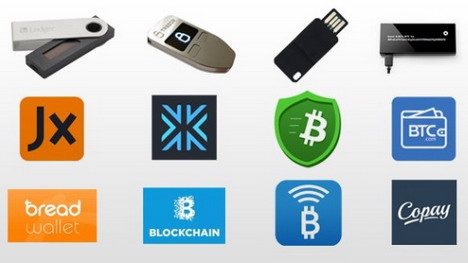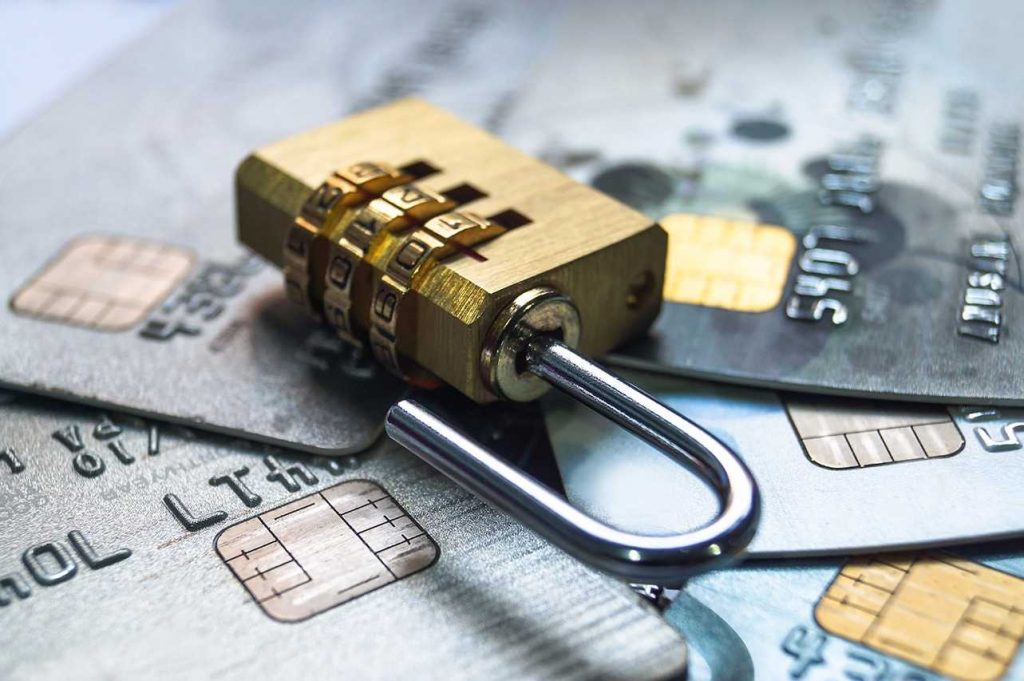This material will describe basic information on how to use a cryptocurrency wallet and how to store electronic currency in wallets safely. We will also describe the criteria for choosing a wallet, after which you can create and use the storage yourself.
Contents:
- An introduction to cryptocurrency wallets
- Types of cryptocurrency wallets
- Precautions while storing cryptocurrency wallets
- Cryptocurrency wallet and their features
- How to create a cryptocurrency wallet?
1. An introduction to cryptocurrency wallets
A cryptocurrency wallet — either virtual or physical storage, designed to hold digital coins. Such a wallet contains both public and private keys, which are used to interact with a particular blockchain system. Moreover, you cannot become the owner of a digital currency without cryptocurrency wallets.
So, in simple terms, digital coins are not in your wallet in physical format. That is, the right to own a particular digital asset is assigned when a record is made about it in the blockchain of the system itself. By the way, any member of the network has access to it.
A cryptocurrency wallet — a specialized mechanism, designed to control the balance, using both public and private keys.
2. Types of cryptocurrency wallets
There are 5 categories of cryptocurrency wallets, the following namely:
-
Local — digital storages, installed either on a personal computer or laptop. They have an average level of protection. In order to improve it, it is recommended to install the software on a new PC. Since the old one may contain malicious software. Moreover, there are outright fraudulent coins, which are a virus that steals your real coins, such as BTC, ETH, BCH and others. Therefore, do not install wallets on one local disk to store popular coins and little-known coins;
-
An online wallet — an online wallet that is stored on a virtual server. Therefore, if the access keys are stolen from the server, you will lose funds. Accordingly, such storage is used for small everyday expenses;
-
Cellular wallets — mobile wallets that have a low level of safety. They are installed on the phone and allow you to use coins from anywhere in the world;
-
Hardware — physical devices that look like a USB flash drive. The safest option for placing large amounts. You can buy a hardware wallet for cryptocurrencies at a price of $50;
-
Paper — paper wallets that hold both public and private keys. This is a safe option for depositing funds if you keep the private keys out of the reach of third parties.
3. Precautions while storing cryptocurrency wallets
When placing a cryptocurrency in a wallet, take care of the safety of funds, observing the following recommendations:
-
Back up your wallet. This will allow you to restore access to the storage in the event of a system failure or data loss. Moreover, restrict access to the backup by third parties;
-
Keep track of the relevance of the current software version and also updаte it if necessary. So, this applies not only to cryptocurrency safety, but also to a personal computer and a cellular gadget;
-
Use minor functions to increase the level of safety. Namely, these are such as setting a complex password, connecting notifications when performing transactions, requesting a password when conducting outgoing transactions, and others.
Important: when composing a password, use non-existent words, while inserting, for example, characters such as !@#$%.
Moreover, use wallets that support mechanisms such as two-factor authentication and PIN request for authorization.
4. Cryptocurrency wallet and their features
The positive news is that there are multi-wallets for cryptocurrencies. This allows them to support not only the digital currency BTC, but also alternative coins.
However, do not place a large amount of funds on such accounts, as they are not created by the developers of digital currencies, but by third parties.
Moreover, in most cases, there is a small charged commission when using digital currencies. For example, even compared to the banking sector.
So, for example, you set the amount of the commission in the BTC blockchain system independently. Therefore, if you put a very small value, then the transaction verification will take a long time and vice versa.
By the way, some digital currencies have a fixed fee for transactions, while others do not have it at all.
Also, a loyalty program is available for users of our online exchanger, thanks to which you can improve the conditions and rate of exchange operations.
5. How to create a cryptocurrency wallet?
The list of digital currency wallets is constantly growing. In this regard, when choosing a suitable modification, pay attention to such parameters as the storage location for private keys, fees, multicurrency, etc.
So, at the time of this writing, the following options are relevant wallets for cryptocurrencies:
-
-
Atomic Wallet — a local (cold) storage that supports coins such as BTC, BCH, ETH, as well as over 300 digital currencies and tokens. In order to create a cryptocurrency wallet, you need to download the installation file from the atomicwallet.io website and install it on your PC. There is also a mobile version that supports operating systems such as Android and IOS. Moreover, the wallet allows for cross-blockchain exchange, using atomic swaps;
-
Blockchain.info — a remote (hot) wallet for Bitcoin, Ethereum, Stelar cryptocurrencies, which can be used from any device, connected to the Internet. The PC version allows you to connect two-factor authentication and the mobile analogue allows you to request a Pin-code during authorization. Suitable for those, who make small everyday transactions.
-
Ledger Wallet Nano — a multi-currency cryptocurrency hardware wallet, designed as a USB stick. The device has its own interface and supports two-factor authentication.
-
So, to create a paper wallet, go to walletgenerator.net and follow the system prompts. Moreover, such a wallet supports most of the most popular cryptocurrencies. This is a total of 124 units.
Conclusion
From this material, we learned that there are 5 types of cryptocurrency wallets. Thus, if you need to carry out small transactions on a daily basis, then use such “hot” options as a mobile or remote wallet. When placing large amounts, use “cold” modifications, namely, the following:
Types of wallets
| Local wallet | Hardware wallet | Paper storage |
Moreover, it is necessary to observe safety measures when storing cryptocurrency in the wallet, namely, such as creating a backup copy, updating the software and connecting additional functions.










